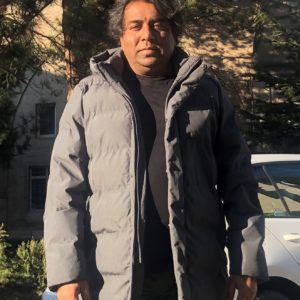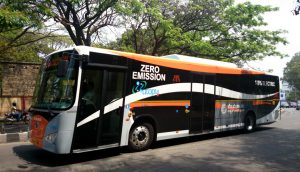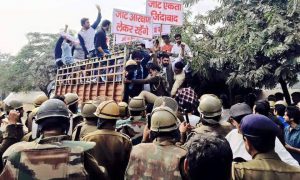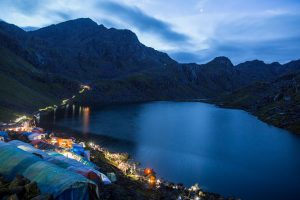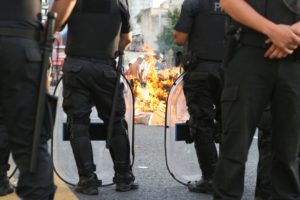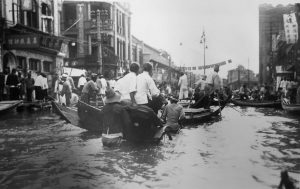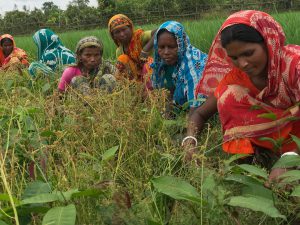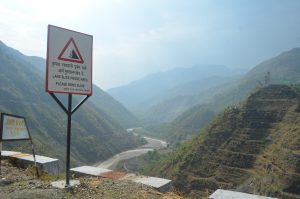At an elevation of 3,600 metres above sea level, Chillum Sherkoli is a picture postcard village nestled in the Himalayas. But life is far from ideal any more, as 42-year old resident Manzoor Hussain can testify. Climate change has almost ruined the local source of livelihood – animal husbandry.
Located in Astore district, this village of around 800 people – where Hussain was born and has lived his entire life – is the closest human settlement to the Deosai National Park (DNP), a famous alpine plain in Gilgit-Baltistan.
In and around Deosai, the annual snowfall is decreasing, but the winters are getting longer. There is hardly any spring and the summer is shorter all the time. The result is that the meadow no longer has the lush grass on which residents of Chillum Sherkoli used to graze their livestock – sheep, goats, cattle and dzo, the hybrid of yak and cattle.
At the western edge of the Tibetan plateau, Gilgit-Baltistan anyway has an average annual precipitation of just around 200 mm, most of it in the form of snow, according to Pakistan Meteorological Department. Now with even this meagre snowfall decreasing, drought has become a recurrent feature.
With their traditional sources of livelihood under threat and no other job prospects, more and more residents of Chillum Sherkoli – including many of Hussain’s childhood friends – have migrated to various cities in Pakistan. Hussain still feels emotionally attached to the home of his ancestors, so he runs a shop and a small hotel for visitors to the national park.
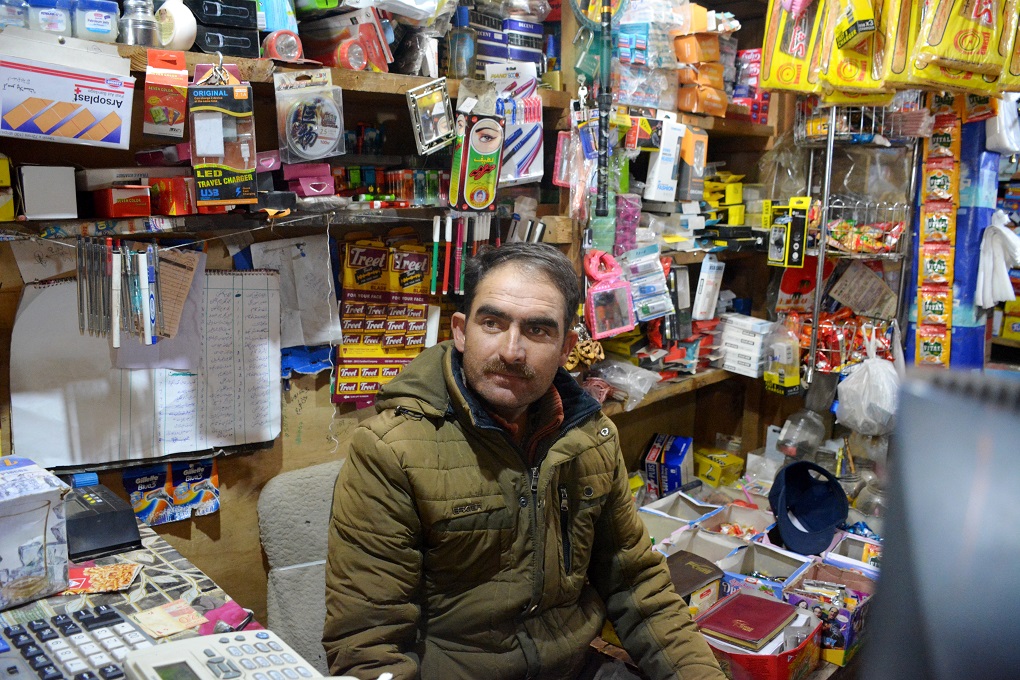
According to the Gilgit-Baltistan Wildlife Department, Deosai is the natural habitat of several alpine mammals like the Himalayan ibex, Ladakh urial (wild sheep), the snow leopard, red fox, golden marmot and the endangered and rare Himalayan brown bear.

When the meadow was declared a protected zone, grazing was banned in the core area. Still, the buffer zone was big enough for the residents of Chillum Sherkoli and other villages nearby, as long as the growth of grass was not affected by climate change. “The issue is there is no grass at all now, or very little grass,” Hussain told thethirdpole.net.
“Some 30 years ago, there was a lot of snowfall in winter. Even in our village, there would be two to three metres of snow. But now the village rarely has more than a metre, even during the peak of winter. More snow meant a lot more water in the streams and rivers. The grass was not only sufficient for summer, but villagers would cut and store it for winter too.”
Livestock used to thrive in the meadow. “My father had over 1,000 small animals like sheep and goats and around one hundred big animals like cows, dzo and horses,” Hussain recalled. “But today I have none.”
“In the past the grass in Deosai would be two to three metres tall, and often people walking through it would not be visible. Today, the grass is not only sparse, it is no more than 0.3 metres tall.”
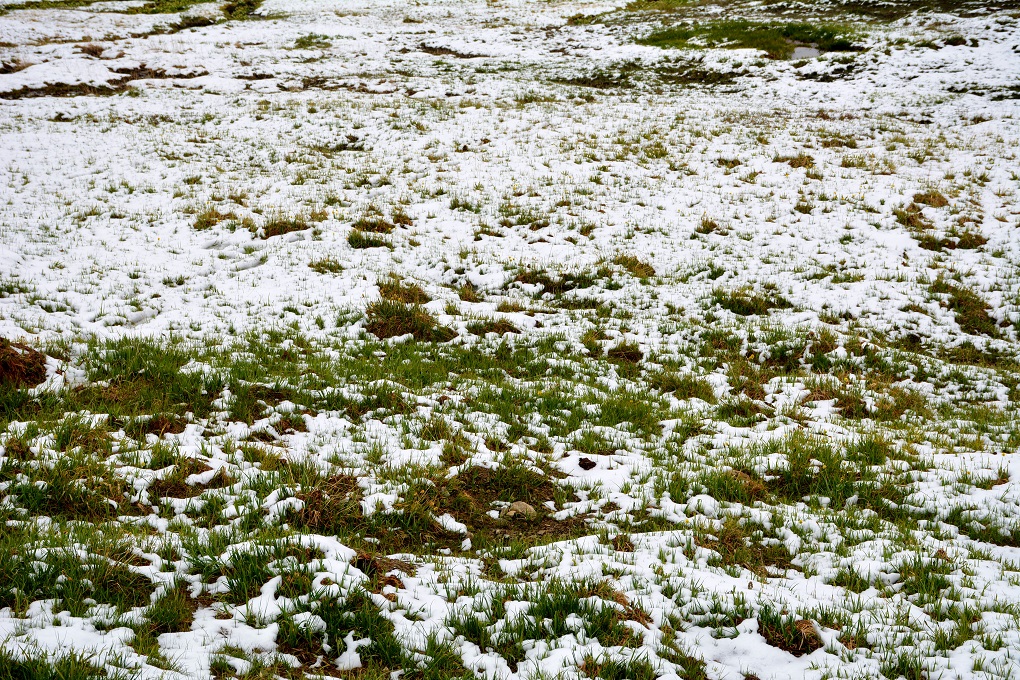
“Now there is no spring, as winter has extended,” Danish said, “though there is much less snowfall.” Danish said. “Look, the month of July has almost started but it is still snowing in parts of Deosai, which means streams and rivers have no water as they had in the past, so there is no grass. That’s why we can’t keep more livestock.”

Aijaz Ahmed, a 38-year-old teacher in a local school, remembers his boyhood when he would go fishing with his father to different rivers and streams in Deosai, such as the Bhara Pani and Kala Pani. “We would catch the Himalayan trout, which we would then store to consume in winter. But now due to less snowfall, there is little water and no fish in these rivers.”

The change has hit women especially hard. Salima Begum, mother of two and resident of a small hamlet near Chillum, said that in the past when there was a lot of grass and everyone used to keep many livestock, residents consumed milk and ghee (clarified butter) made at home. “Now we have to buy ghee and milk. But that is not pure and is affecting the health of our children.”
The forests have disappeared too, so now women have to go much further in search of fuelwood.
Herbs no more
Deosai was once famous for being home to several medicinal plants, which the local villagers used to pick at various times of the year, going by the knowledge handed down over generations. Ghulam Tahir Forest Conservator, Gilgit Baltistan, says 150 medicinal plants had been identified in Deosai National Park. Many local residents know how to make pastes, juices or powders from the relevant parts of a plant, and they used to sell these in Astore, Gilgit or other cities.
There is a variety of wild onion (called Chung) that is good for treating asthma, breathing problems, stomach disease, jaundice, cold and cough; Ghang (Heracleum candicans) is useful in treating psoriasis; wormwood (called Bursay) gets rid of intestinal worms; a variety of primrose (called Daoo) is good for healing injuries; Shaphus (Bergenia ciliata) can be to treat kidney stones and diarrhoea.
All these were once found in Deosai with relative ease, if you knew what to look for, and the plants used to be a significant source of extra income to the residents around the meadow. But now there are hardly any medicinal plants any more.
“In the past, medicinal plant and herbs were a major source of livelihood for many locals. But now these wild herbs are vanishing, and no one is totally dependent on these medicinal plants for his or her livelihood,” said Hussain.
No study
Khadim Hussain, Assistant Director of Gilgit Environmental Protection Agency, is worried because so far there has been no detailed scientific study on the impacts of climate change in Deosai. He is also worried that the large number of tourists is adding to the problem.

“Gilgit-Baltistan region has an issue of climate variability, which means if there is good weather in any year, the following year will be entirely different,” says Ghulam Rasul, Director General of PMD.
For the last three decades, PMD has been collecting temperature data from nine automated weather stations in Gilgit-Baltistan. Looking at that, Rasul said the average temperature rise in Gilgit-Baltistan is higher than in any other region in Pakistan. “Average annual temperature in Gilgit Baltistan region has risen 0.9 degree Celsius in last five decades, while rise in average temperature in the rest of Pakistan has been recorded at 0.5 degree Celsius in the same period,” said Rasul.
“The change in weather pattern has badly affected the snowfall pattern,” he added. “In the past, there was much snowfall in January and February, but now the snowfall pattern has entirely changed. Now instead of winter, the region gets snowfall in spring.” That has affected the water flow in the streams and rivers, and, in turn, the growth of grass.
Rasul said this change in snowfall pattern was affecting glaciers as well. “In summer glaciers melt due to heat. In the past, the snowfall in December and January used to replenish that. But now it snows when the temperature is relatively high. So, whatever snow falls melts and goes straight to rivers. As a result, the decay of glaciers has become very rapid.”
The variability is affecting other farmers in Gilgit-Baltistan as well. On a recent visit, Rasul was told by farmers that it became very hot in March this year, and the cherry trees flowered well before the usual time. Then it became freezing cold in April, and almost all the flowers died without bearing fruit. Exactly the same thing happened to the grass in Deosai.
“Locals always expect that they will get grass in April but due to variable seasons, they are not finding grass any more,” Rasul said. “The pastures are shifting higher, so communities have to walk from valleys to the tops of mountain to find grass. This is very difficult and local communities are no longer finding livelihood sources, especially in Deosai. For them, when there is no grass, there is no food. So, communities have no option other than to migrate to cities.”

